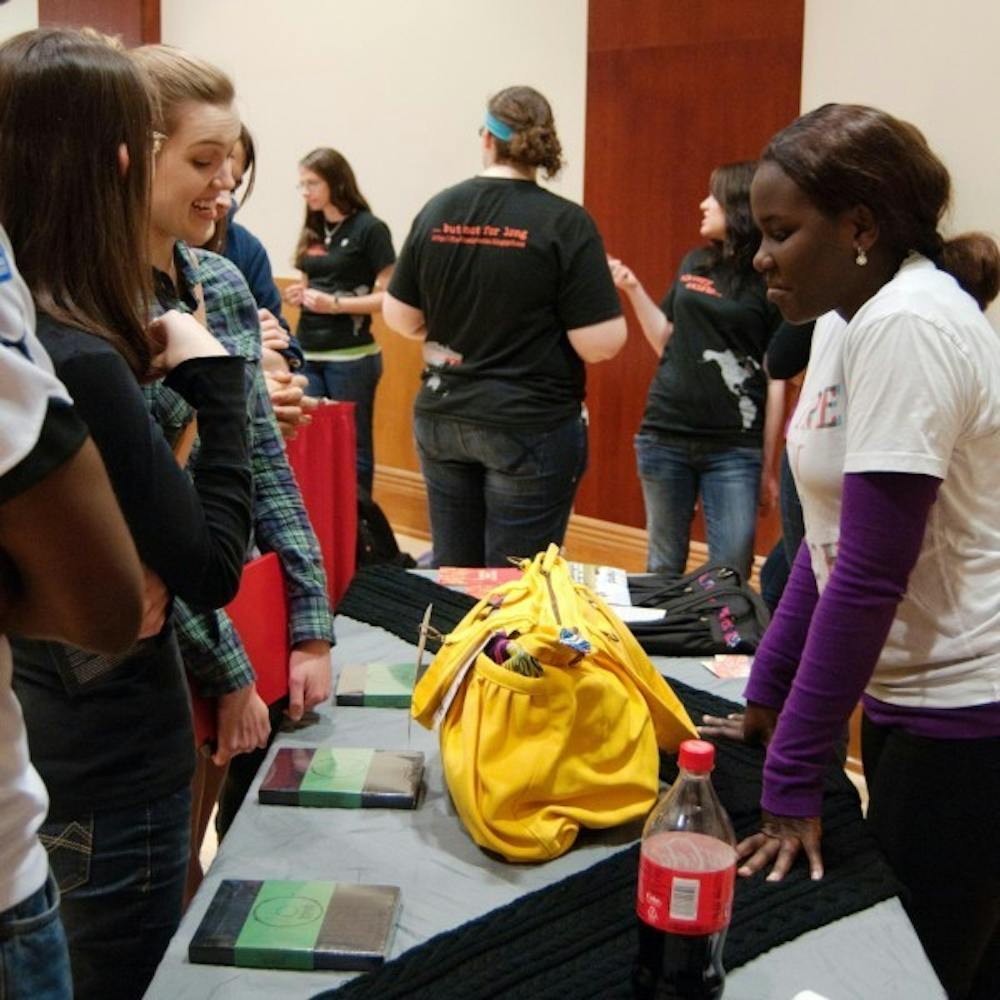A group devoted to raising awareness about abuse, torture and killing in Central Africa released a video last week about a brutal rebel leader that cost the group more money to make than what the group is spending to support humanitarian aid.
The "Kony 2012" documentary is an example of advocacy groups spending more money to promote their cause than actually trying to make a difference.
The campaign by Invisible Children became this week's top viral video, and as word about it spread, so did the reports that the group might be mismanaging its funds, using just about 30 percent to promote its support efforts. The other portion of its revenue is being used for administrative costs and outreach efforts like this well-produced video about a rebel Uganda leader named Joseph Kony.
The presentation begins with a feel-good overview of social media connections from Facebook and YouTube. Continue watching, and you'll see a documentary of what's happening in Central Africa, where women are abused and children are taught to kill their parents and join corrupt leaders in militia armies.
It's a powerful video, certainly, but what about those women, children and families that are hurt and killed in these poverty-stricken countries? Wouldn't they be better served if aid went to them directly?
We always wish the money would go directly to the cause. Your parents might have expressed this back when you were in elementary school, offering to give a donation to the school instead of buying various chocolates from a fundraising booklet.
The Better Business Bureau has standards for things such as this. Its website indicates that at least 65 percent of total expenses should go toward program activities and no more than 35 percent of related contributions can be used on fund raising. These funds include donations and other gifts that are received as a result of fundraising efforts.
Maybe in some people's view, Invisible Children is working within these guidelines. But on the other hand, it's not really allocating funds the way you would hope.
We're calling for the group to direct its focus on the real issues - people who are suffering in Africa - and that idea can really hit home for college students, too.
You may have heard this before: If Facebook was a country, it'd be twice as large as the United States. We use this and other social networking sites to let ourselves believe we're spreading a message and helping a cause. But it's not really making a difference unless we get our hands dirty and make a measurable difference.
On today's front page, you'll see a story about students forgoing their Spring Break to help with relief efforts in Henryville, Ind., where a tornado bulldozed the town killing three people.
If you aren't comfortable with the financial decisions of groups such as Invisible Children, you might consider lending a hand closer to home.





